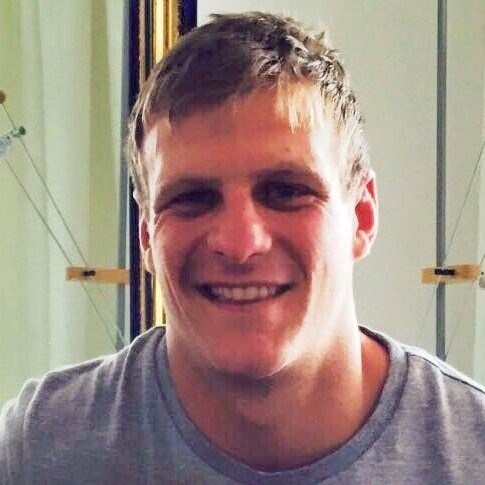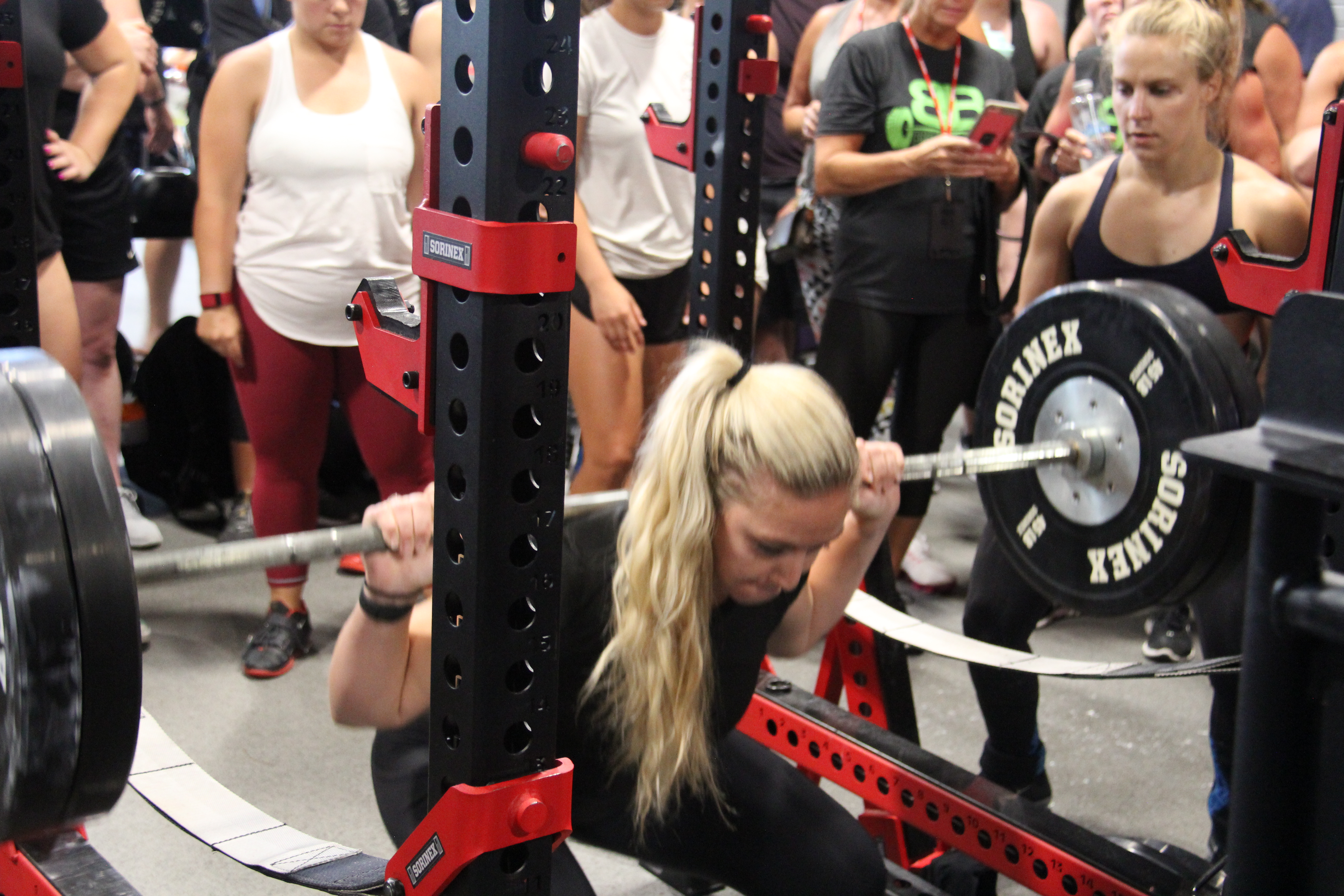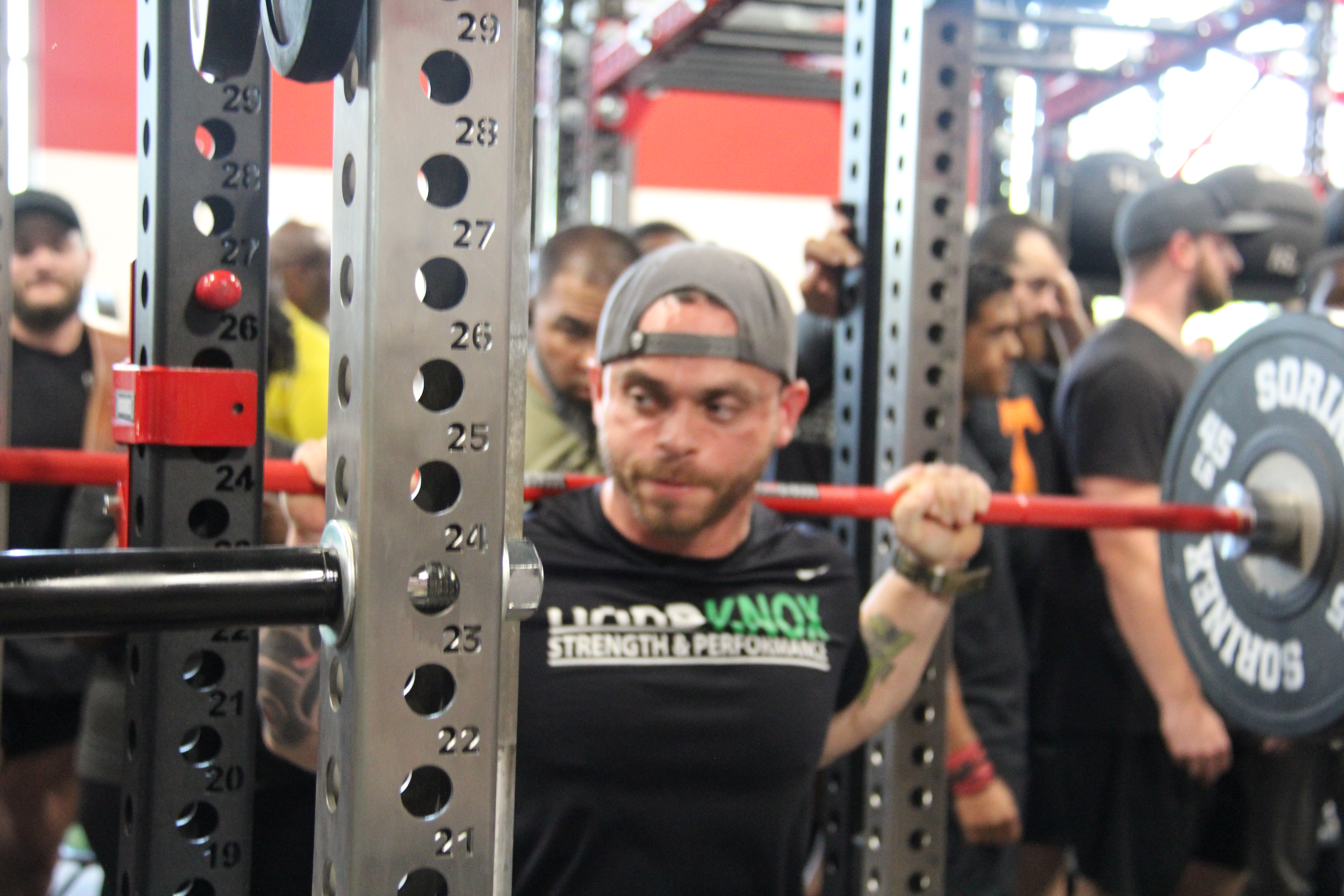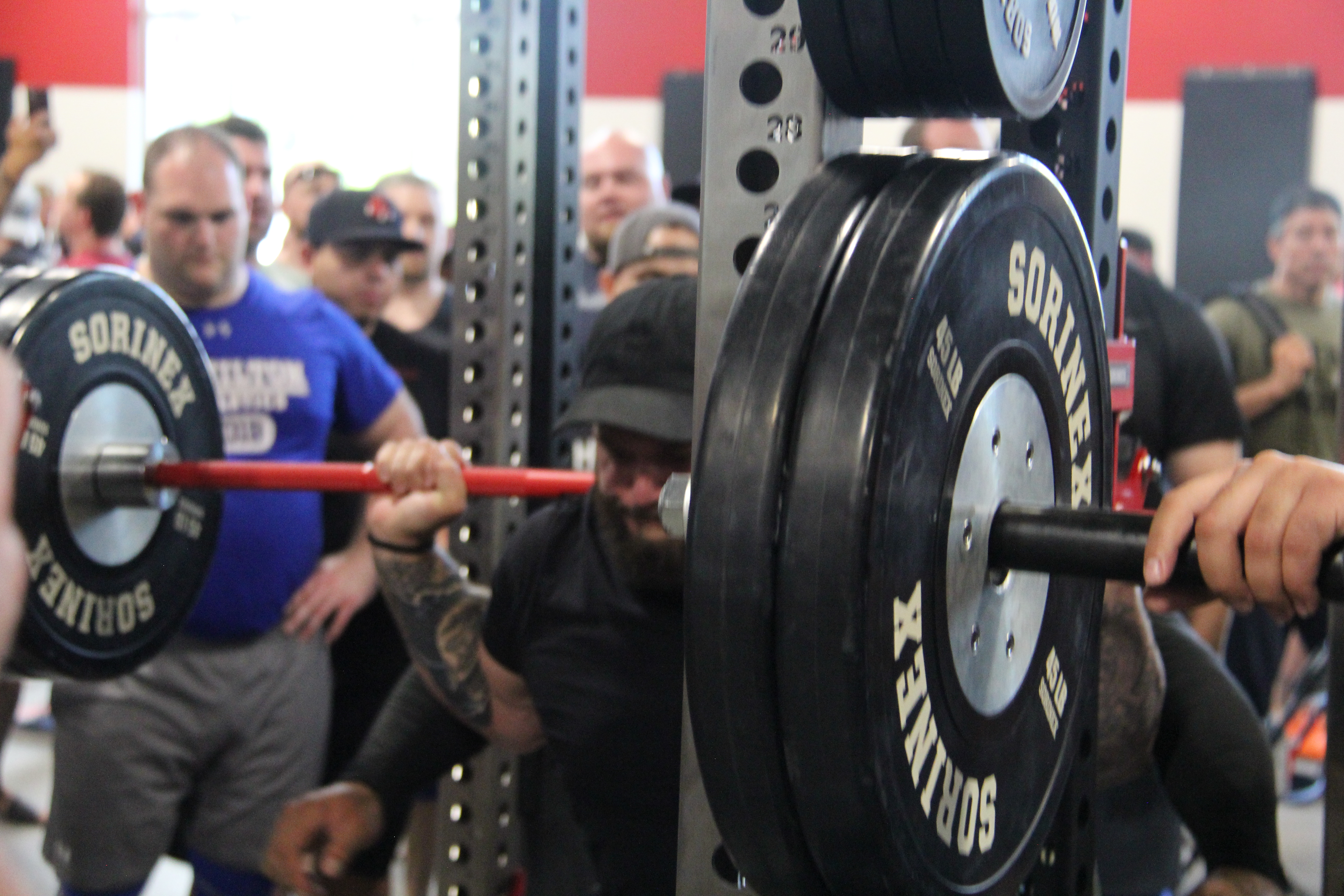How Velocity Based Training Can Transform Your Coaching Style – Part 2
Coach Development | Sports PerformanceABOUT THE AUTHOR

Cedric Unholz
A former high-level rugby player, Cedric completed his Bachelors Degree in Sports Science at the University of Edinburgh, and his Masters in Strength & Conditioning with Edith Cowan University. He began his Strength & Conditioning career with the Scottish Rugby Union, first in the National Age Grade Program, then with Scottish Rugby’s senior men’s national team. The desire to continuously progress his knowledge led him to work as an assistant S&C coach for world-renowned speed development coach Derek Hansen at Simon Fraser University (Vancouver, Canada), after which he was hired as the lead S&C coach for Munster Rugby’s Academy (Limerick/Cork, Ireland). Following his work with Munster, Cedric was then engaged as an S&C coach for the Buffalo Sabres (NHL) and Rochester Americans (AHL). Cedric is currently working as an S&C coach with Olympic Windsurfers and watermen/women (Cabarete, Dominican Republic), and Sports Science Manager with PUSH (Toronto, Canada)
// HOW VELOCITY BASED TRAINING CAN TRANSFORM YOUR COACHING STYLE – PART 2
Combine the subjective assessment provided by your coach’s eye with an objective measurement of your athletes’ speed and power. That’s the promise velocity based training devices provide. In the first part of our interview with PUSH’s Sports Science Manager Cedric Unholz, we covered the history of velocity based training (VBT). How the technology has progressed in recent years, and some pointers for introducing it with your athletes. In this second installment, we explore use cases for teams and individual athletes, and remote coaching styles. As well as the future of velocity based training devices.
When you talk to coaches who are using the PUSH Band, what do they enjoy most about it?
The most common feedback is that the system is easy to use. It allows for precise output measurement/load prescription, and the display interfaces are easy to work with. This allows coaches to use velocity to prescribe correct loads for an athlete in any exercise. This ensures that the athlete is working to their potential while collecting output data as the training session is completed. Knowing the lifting velocity and communicating that instantly is crucially important for efficient identification of the outputs being produced. If these are in line with the training quality (and therefore adaptation) that is being targeted. These features can be used to create individualized load/velocity profiles for a given athlete too. The system also includes the option to predict one-rep max based off of a submaximal lifting protocol.
Coaches find that using VBT principles creates a competitive environment where athletes strive to be their best and are accountable. Both of which help support progression and communication. As coaches, we need to remember that athletes are still just people who have behavioral triggers like everyone else. They seem to respond very well to the challenge that VBT presents. They are more willing to push themselves and their teammates when they see instant feedback.
As the system collects output data automatically, it frees everyone up to focus on the task at hand. Whether it be discussing adjustments for the next set, giving coaching cues, or executing movements with the highest quality possible. Coaches can also review each set’s data at any time and analyze trends. This provides an objective discussion, and gives coaches more communication pathways with their athletes. Without being distracted by time-consuming data input logistics.


What advantages does velocity based training offer when coaching teams?
Depending on the time of year and sport, strength and conditioning coaches often have limited training facetime with their athletes. Particularly when they’re training multiple groups at the college or professional level, or during in-season periods. This means they need to get the most out of every single minute available. Tools like the PUSH Band can support coaches precisely prescribe workloads and volume. Therefore, increasing training efficiency and effectiveness.
In the off-season, the focus of players’ physical development cycles differs. There are less added demands than during the season, and more emphasis can be placed on physical development. During in-season, physical development is still possible. The training required during these phases is programmed differently to accommodate the added competition demands. The primary emphasis shifts to ensuring players are ready to perform at their best in the competitive arena. The beauty is that regardless of circumstance, VBT can be used to help guide the implementation of your strategic programming. Parameters can be adjusted so that your goals and training phase needs can be achieved.
The nature of the PUSH unit also allows for efficient group training logistics. This is incredibly important in dynamic and high-pressure team environments where training time is a very limited resource. With previous systems, there’d be a lot of time lost fiddling with cords and clunky hardware. Or only being able to obtain an output measure but not having this stored into individual profiles. This meant coaches spent a lot of time writing information into sheets. Now, we have a system that automatically records data specific to the athlete performing a given movement. It can be placed on any implement without needing to be removed when working in groups. And it can easily be swapped between athletes if a non-lifting implement movement is being performed.


How can velocity based training devices be implemented with athletes who compete in individual sports?
The principles of VBT can be used in much the same way as with team sports participants. The qualities you’re targeting as their coach might be different. Depending on the needs of their chosen discipline or where they are in the training year. A lot of individual sports require athletes to travel extensively. Often without their coaches – or at least their strength and conditioning coaches. This makes training management challenging. VBT systems like the PUSH Band therefore open up incredible opportunities for high quality remote coaching.
Even if the athlete is on the other side of the world, the coach can instantly review the session data. Interpret it and communicate necessary adjustments. The athlete is getting real-time feedback with each repetition performed and is therefore held accountable. This helps keep motivation levels high and the coach-athlete communication pathways open. Output is output – either people are hitting certain targets or they’re not. The distance between coach and athlete doesn’t matter in this case. If you wanted to go one step further, you could have the athlete record themselves training. You could use the video to continue refining their technique while they are away. Then utilize VBT to objectively determine their outputs.
What do you see as the future of velocity based training?
I think this will come in the form of further refinement in the areas of accuracy and versatility of application. There are a huge number of possible features that this type of technology can make possible. It’s exciting to see where things will go in the future. Right now, you have to make certain compromises with every kind of technology you use as a coach and athlete. There isn’t anything that can do it all. As technology advances we’ll be able to measure more and improve how accurately we can assess them. Eventually VBT could become a one-stop shop for objective measurement that brings the lab into the arena.


If a coach wants to learn more about VBT, where would you direct them?
We offer a lot of articles and other free resources on the PUSH website and Youtube channel. Also check out the work of Dr. Dan Baker, Dr. Bryan Mann, and Derek Evely. All current thought leaders in the space of velocity based training. They have decades of experience implementing the base concepts across a wide range of methodologies and athletes.
Want more training content?
More coaches and athletes than ever are reading the TrainHeroic blog, and it’s our mission to support them with useful training & coaching content. If you found this article useful, please take a moment to share it on social media, engage with the author, and link to this article on your own blog or any forums you post on.
Be Your Best,
TrainHeroic Content Team
HEROIC SOCIAL
HEROIC SOCIAL
TRAINING LAB
Access the latest articles, reviews, and case studies from the top strength and conditioning minds in the TH Training Lab

